Acoustic holography as a metrological tool for characterizing medical ultrasound sources and fields
- PMID: 26428789
- PMCID: PMC4575327
- DOI: 10.1121/1.4928396
Acoustic holography as a metrological tool for characterizing medical ultrasound sources and fields
Abstract
Acoustic holography is a powerful technique for characterizing ultrasound sources and the fields they radiate, with the ability to quantify source vibrations and reduce the number of required measurements. These capabilities are increasingly appealing for meeting measurement standards in medical ultrasound; however, associated uncertainties have not been investigated systematically. Here errors associated with holographic representations of a linear, continuous-wave ultrasound field are studied. To facilitate the analysis, error metrics are defined explicitly, and a detailed description of a holography formulation based on the Rayleigh integral is provided. Errors are evaluated both for simulations of a typical therapeutic ultrasound source and for physical experiments with three different ultrasound sources. Simulated experiments explore sampling errors introduced by the use of a finite number of measurements, geometric uncertainties in the actual positions of acquired measurements, and uncertainties in the properties of the propagation medium. Results demonstrate the theoretical feasibility of keeping errors less than about 1%. Typical errors in physical experiments were somewhat larger, on the order of a few percent; comparison with simulations provides specific guidelines for improving the experimental implementation to reduce these errors. Overall, results suggest that holography can be implemented successfully as a metrological tool with small, quantifiable errors.
Figures
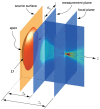

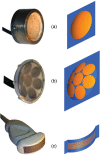
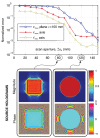

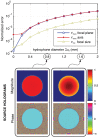
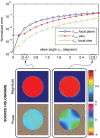
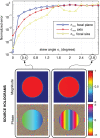
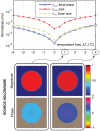
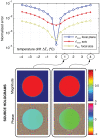
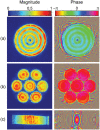
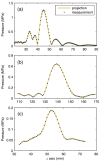

References
-
- Gabor D., “ Light and information,” in Progress in Optics, edited by Wolf E. ( North Holland, Amsterdam, 1961), Vol. 1, pp. 109–153.
-
- Maynard J. D., Williams E. G., and Lee Y., “ Nearfield acoustic holography: I. Theory of generalized holography and the development of NAH,” J. Acoust. Soc. Am. 78(4), 1395–1413 (1985)10.1121/1.392911. - DOI
-
- Williams E. G., Fourier Acoustics: Sound Radiation and Nearfield Acoustical Holography ( Academic, San Diego, CA, 1999), Chaps. 3, 5, 7.
-
- Schafer M. E. and Lewin P. A., “ Transducer characterization using the angular spectrum method,” J. Acoust. Soc. Am. 85(5), 2202–2214 (1989).10.1121/1.397869 - DOI
Publication types
MeSH terms
Grants and funding
LinkOut - more resources
Full Text Sources
Other Literature Sources

